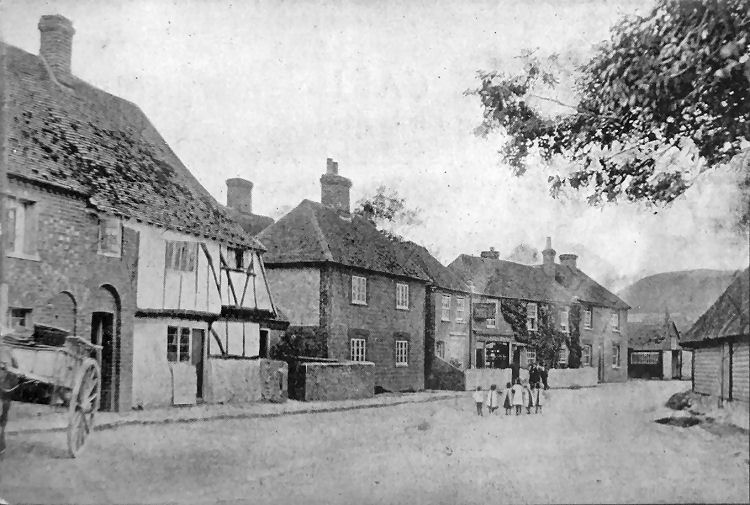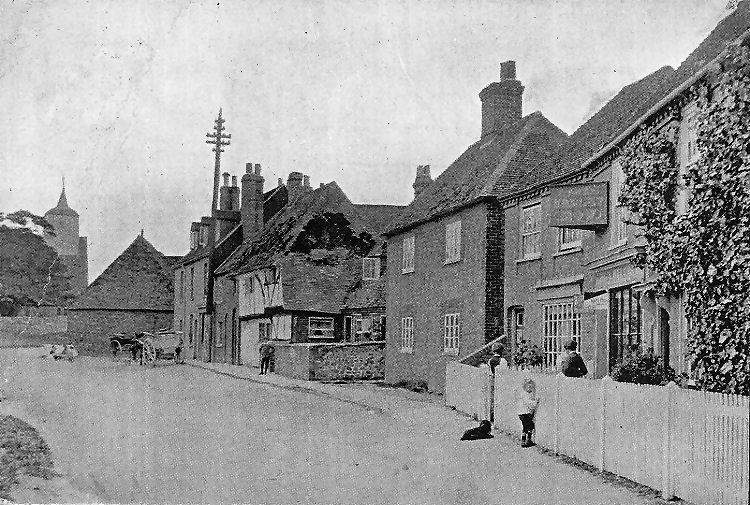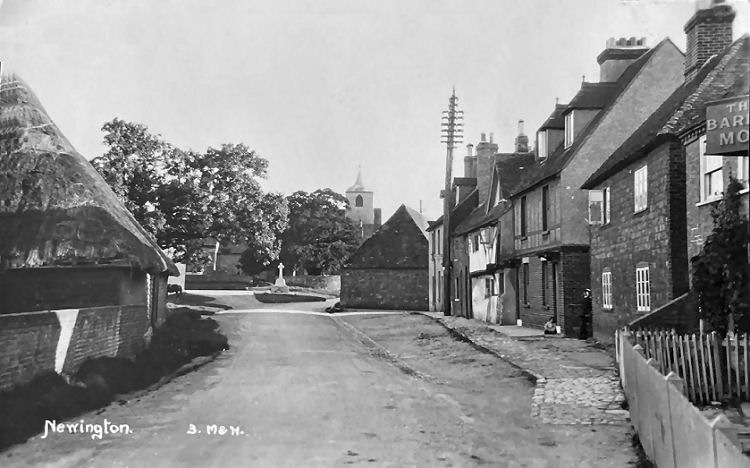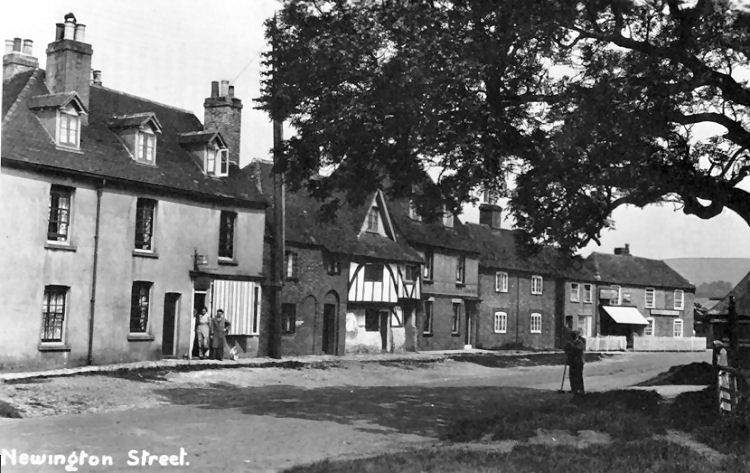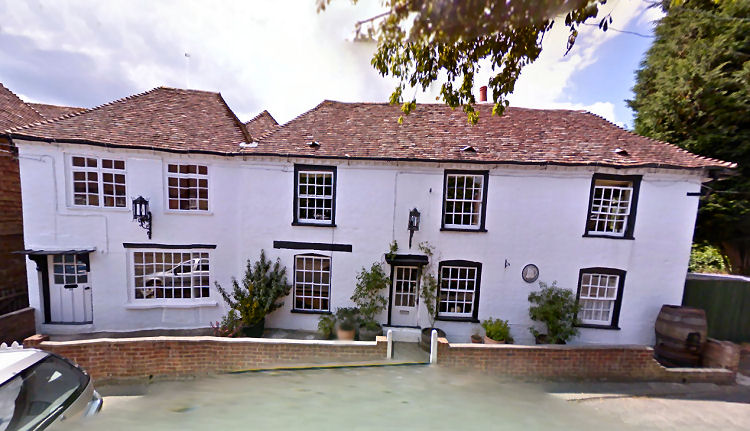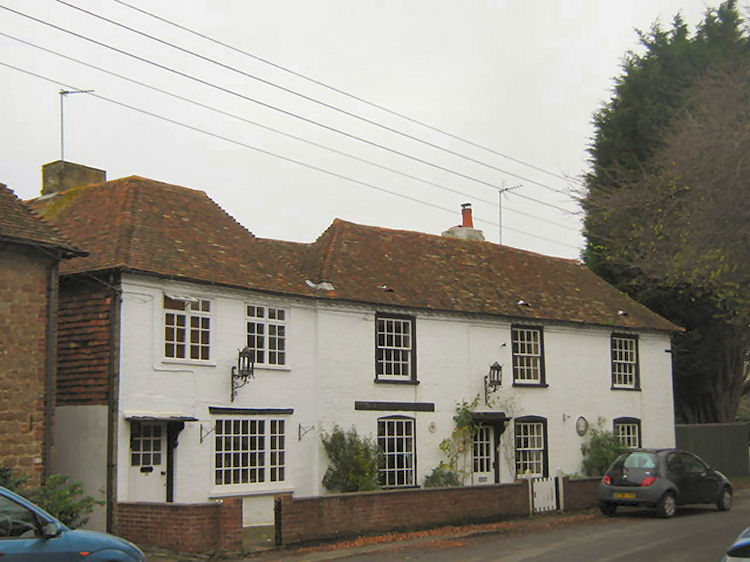|
From an email received, 12 December 2021.
Hi there.
My maternal grandfather George Turner had a 14 year lease on the
"Barley Mow," Newington, near Cheriton, Folkestone
from 1956 to 1970 when the lease wasn't renewed and the building was
renovated to it's current condition and sold.
It wasn't a pub during this time but a family home. My maternal
grandmother passed away there in 1960
and I lived there for a while in 1965-66.
The place was pretty much how it looks on the 1905 postcard but the
walls were whitewashed by my grandfather
and the doors and window frames were blue. The 1742 Whitbread
placard
was still on the wall outside and it still had it's white picket
fence.
My grandfather told me that the building you can see to the right
(just past the picket fence in the 1905 shot) was also a part of the
pub
but was destroyed by fire when a firework landed on the roof (prior
to
1956 I think).
The building immediately to the left of the main entrance was a
separate family home during my grandfather's time
and I remember a woman there called 'Bubbles' Coleman. But it was
obviously originally all part of the pub
because my grandfather and Bubbles discovered the passageway linking
them - which at that time had been
boarded up and was being used by both sides to store their coal in.
My grandfather used to leave the front door open during warm weather
as it was so quiet around there and he would
periodically find visitors sitting at the dining room table waiting
for afternoon tea etc - so he often would just serve
them something anyway. This is probably what Sam remembers as a kid.
I don't know who owned it in 1956 but have a vague idea of my
grandfather saying it was a solicitor he dealt with and then whoever
did own it sold it in 1970 as far as I know.
There was an old farming family living a few doors down nearer
the corner shop and church by the surname of Gammon and then there
was whoever used to own the farm house and the (still in use in the
60's) cow barn that used to be directly opposite the pub but I don't
remember their name.
I think the corner shop (next to the old barn and footpath to
Sugarloaf Hill) was called 'Beers' -but that might be my
imagination!
I've just recalled my grandfather telling me that customers were
supposed to only drink outside the pub and that he thought the
'secret passage' where the coal was stored might have been a way for
the locals to avoid the law if they were about to be caught drinking
inside.
An upstairs room (directly above the main room with the shopfront)
with a trapdoor in the floor to raise or lower supplies, an old
spiral staircase with a niche that had an oil lamp in it. A strange
architectural feature upstairs that my grandfather thought was a 'priesthole',
outside toilet and only cold water.
Kind regards,
Kim Bradford. |
